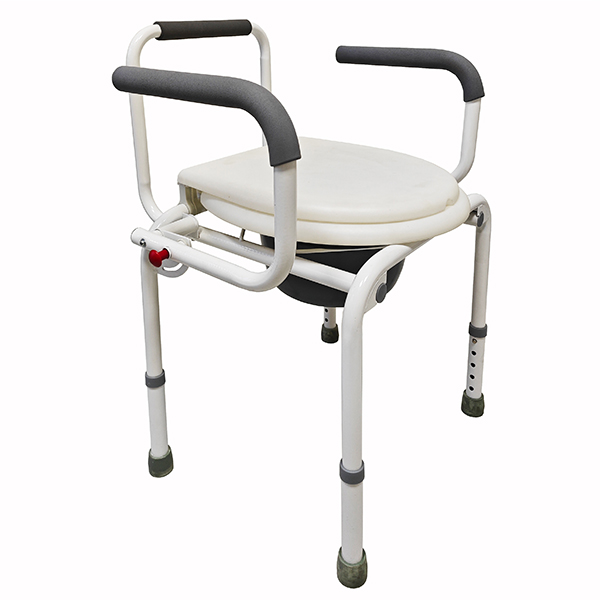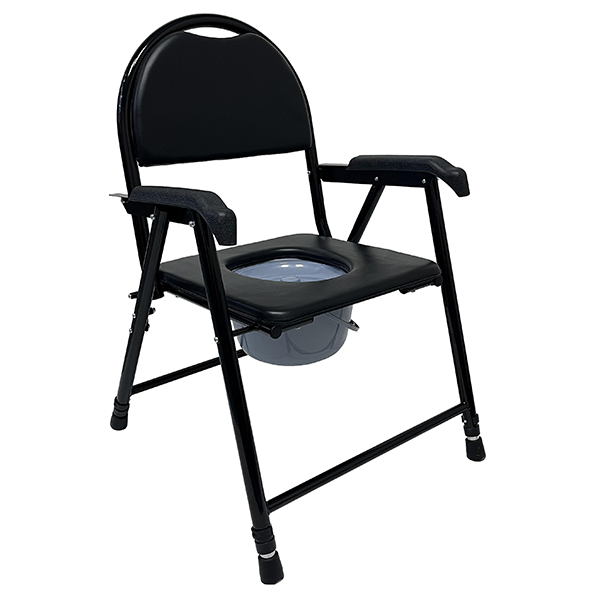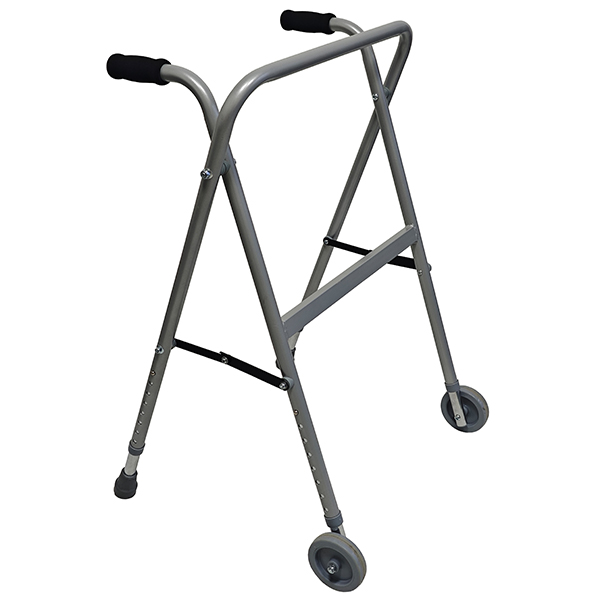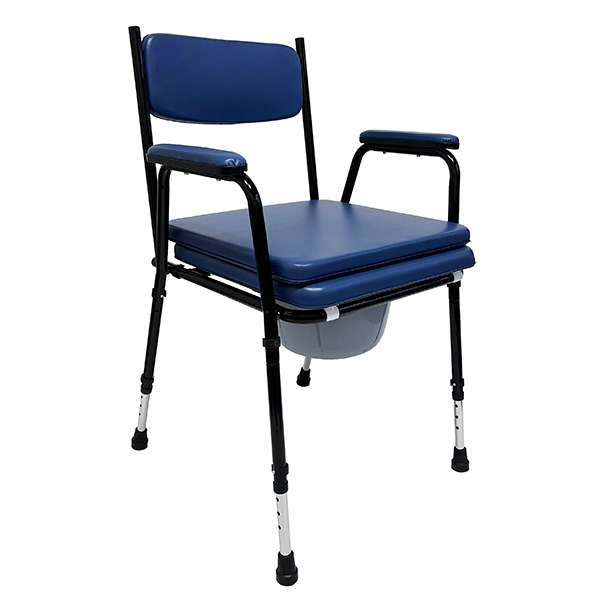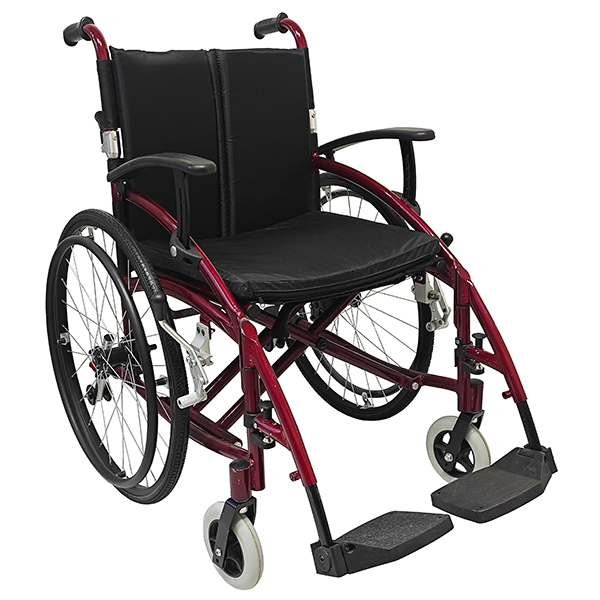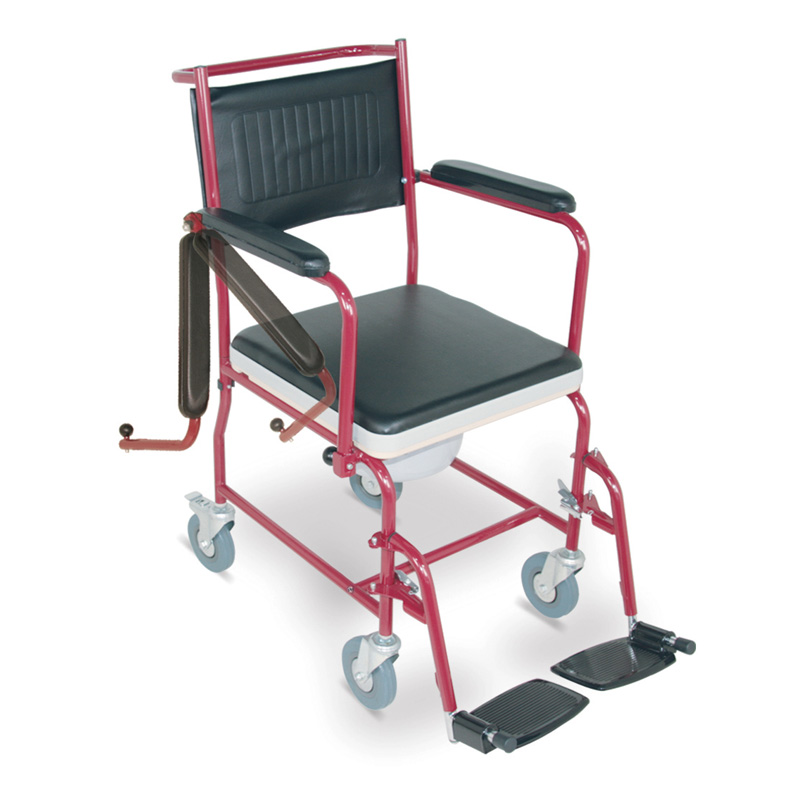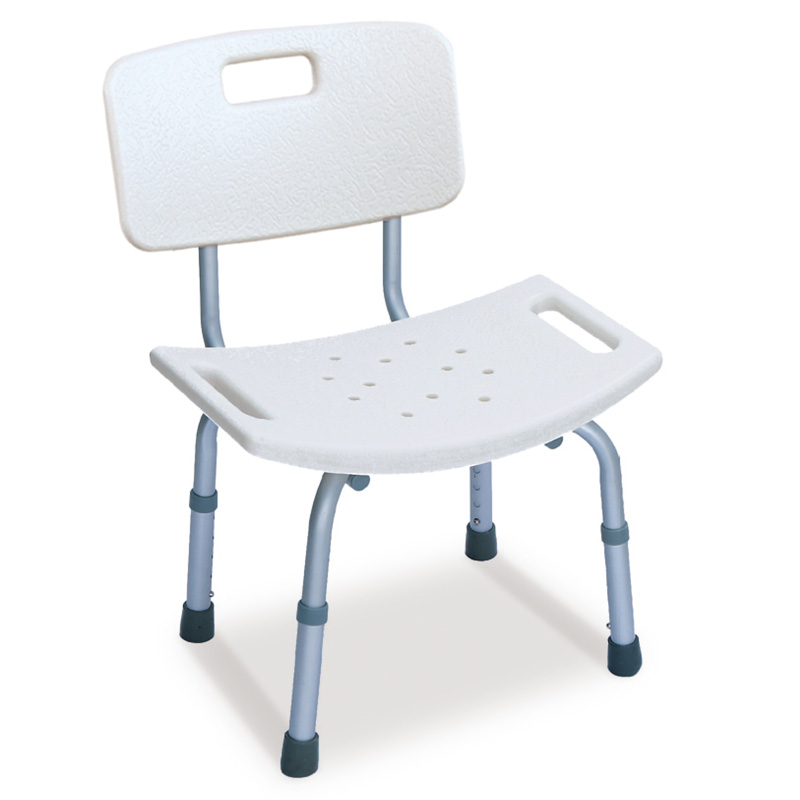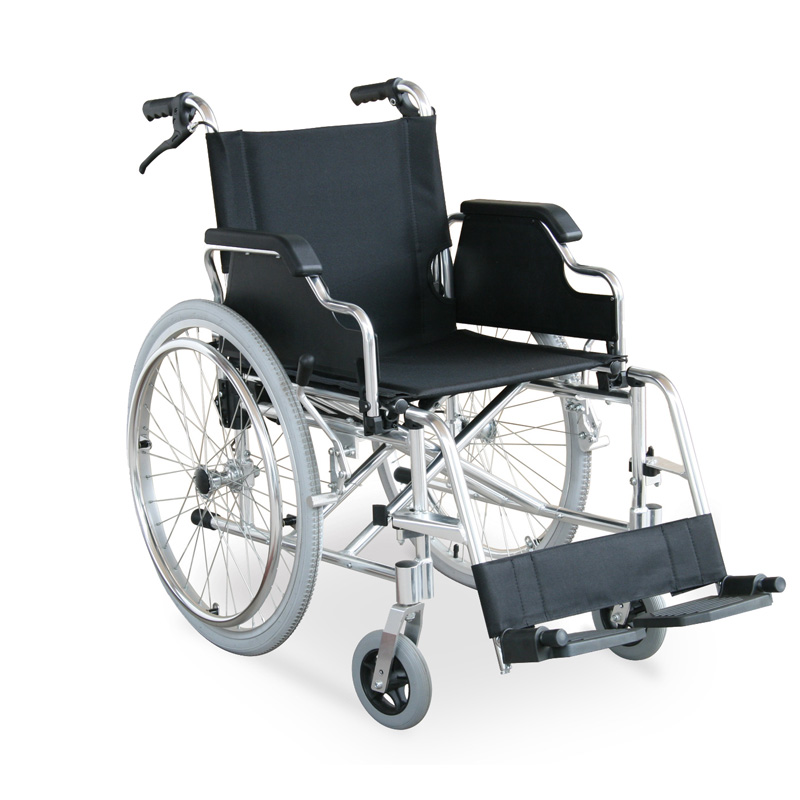"What You Need to Know About Bedside Commodes"
2024-10-15 04:25
In short, bedside toilets play an important role in the lives of specific people. Knowing how to use, empty and clean bedside toilets correctly, as well as mastering some tips, can better help people with limited mobility and improve their quality of life.
"What You Need to Know About Bedside Commodes"
In life, bedside commodes often become a great help for people with limited mobility. Whether it is because of age, injury or illness, when people cannot walk to the bathroom freely, bedside commodes play a vital role.

一、Definition of bedside commodes
Bedside commodes are portable toilets that do not require water supply or drainage and are very convenient. Compared with traditional bedpans or urinals, they have many advantages. Bedside commodes are a good help for people who are weak or sick and cannot walk to the bathroom. First, getting out of bed to use bedside commodes can help avoid bedsores. Maintaining proper activity, even just moving from the bed to the bedside commode, can reduce skin problems caused by long-term bed rest. Second, it is easier to urinate and defecate when sitting up to use bedside commodes. This familiar posture makes the user more comfortable and saves more effort than a bedpan. Moreover, bedside commodes are more decent than bedpans. Bedpans are usually used when patients are lying down, and most people find it difficult to use. Bedside commodes allow users to solve physiological needs in a more natural state.
二、The use of bedside commodes
Bedside commodes are mainly suitable for people who cannot walk to the toilet. Elderly people may become slow in movement due to the decline of physical functions, and people with long-term illnesses are often physically exhausted. They can all benefit from bedside commodes. For people who are temporarily unable to move due to injuries, bedside commodes are an important tool during physical recovery. In addition, bedside commodes are also very useful for incontinent patients. Incontinent patients have difficulty controlling their bladders, and rushing to the toilet may cause falls and accidents. Using bedside commodes can reduce this risk and provide them with a safer way to go to the toilet. At the same time, in some special cases, such as when travelers with viral hemorrhagic fever are isolated and there is no bathroom in the room, it is recommended to use a bedside commode with a cover. It is handled by staff wearing personal protective equipment, which can effectively control the spread of infection.
三、How to use bedside commodes
Using a bedside commode chair can be embarrassing, especially for users and caregivers. But in this process, it is important to stay calm, which can help your loved ones relax. Before using, prepare all the necessities, such as gloves, toilet paper, and wipes, in a convenient place nearby. First, make sure the bedside toilet is stable. If it has wheels, be sure to lock them to prevent it from moving during use. Wear gloves, as you may need help wiping it. Also, make sure there are no objects around the toilet to ensure that the user can safely get on and off the toilet and move around the toilet. The user should wear non-slip slippers or shoes for added safety. Help them get up from the bed, undress if necessary, and then turn to the toilet and sit back on it. In the process, make sure they don't stumble or lose their balance. Most bedside toilets have extensions on the legs that can adjust the height of the toilet to suit the user. People with weak constitutions may need a higher toilet than a normal toilet. When adjusting the height, make sure all four legs are the same length and the locking pins on the legs should all be firmly fixed to prevent accidents when using the toilet.
四、Tips for bedside toilets
Using a bedside toilet can be embarrassing for anyone, especially when they need someone to accompany them. This may be especially true if you are helping the opposite sex. In this case, be as understanding and supportive as possible so that the person being helped does not feel embarrassed. Check the seat and backrest from time to time for cracks or tears, which may be contaminated. For people who only have difficulty walking, a toilet with wheels can be used. This type of toilet has large rear wheels, just like the rear wheels on a wheelchair. Users can push their wheelchair to the bathroom by themselves and place the toilet on top of a regular toilet for convenience in a private environment. The caregiver only needs to help them get on and off the toilet.
Get the latest price? We will reply as soon as possible (within 12 hours)

